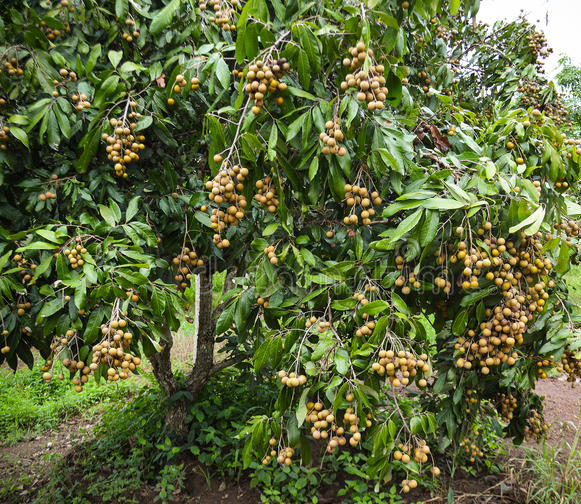1 product
-
Longan Fruit Tree, Sri Chompoo

 Longan Fruit Tree, Sri ChompooHouse Plants
Longan Fruit Tree, Sri ChompooHouse Plants- Regular price
-
$139.00 $375.00 - Regular price
-
$139.00 - Sale price
-
$139.00 $375.00
The Longan fruit tree, scientifically known as Dimocarpus longan, is a tropical evergreen tree native to Southeast Asia. It is closely related to the Lychee fruit tree and shares some similarities in terms of appearance and flavor. Here are some interesting facts about the Longan fruit tree:
The Longan fruit tree originated in Southern China and has been cultivated for centuries. It is now grown in various parts of the world with suitable climates, including Thailand, Vietnam, India, and parts of the United States.
The Longan tree is a medium-sized, slow-growing tree that can reach a height of 30-40 feet. It has a dense, rounded canopy of dark green leaves that provide shade. The tree produces small, fragrant flowers in clusters, which eventually develop into clusters of round, tan-colored Longan fruits with a distinctive dark brown pit inside.
Longan fruits are similar in size to Lychee fruits but have a smooth, thin, and brittle skin. When ripe, the skin turns from pale brown to a reddish-brown color. The translucent, juicy flesh inside is sweet, fragrant, and has a delicate flavor reminiscent of grapes and honey.
Longan fruits are not only delicious but also nutritious. They are a good source of vitamin C, potassium, and other essential minerals. Like Lychee fruits, they are low in calories and fat, making them a healthy snack option.
The Longan tree typically bears fruit once a year, usually during the late summer or early fall, depending on the specific growing region. The fruits are harvested when they are fully ripe and easily detach from the tree.
Longan fruits are enjoyed fresh, either on their own or added to salads, desserts, and beverages. They are also commonly used in traditional Asian desserts, such as sweet soups, jellies, and puddings. Longan fruits can also be dried and eaten as a snack.
The Longan fruit tree is a delightful addition to tropical and subtropical landscapes, providing not only delicious fruits but also ornamental value. If you live in a suitable climate, consider planting a Longan tree to enjoy its beauty and the sweet rewards it brings.




